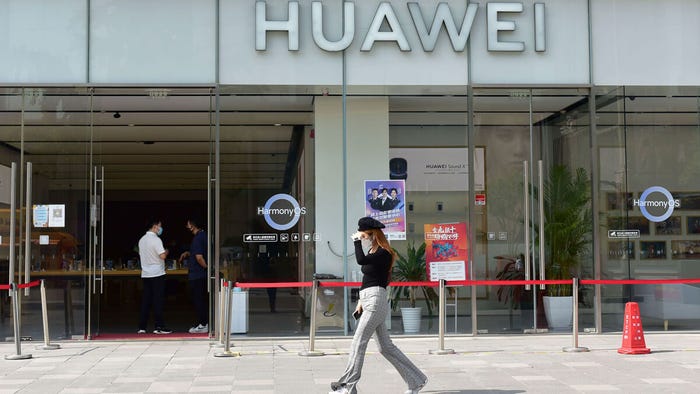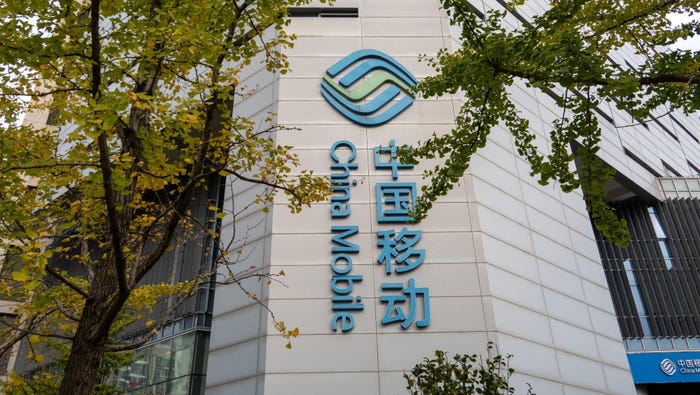MWC Shanghai 2024 - Interview with Xiao Ming, President of Overseas, ZTE Corporation
June 25, 2024

Question 1: As a world-leading company in ICT industry, what highlights does ZTE bring to this year's MWC Shanghai? What future digital development vision does ZTE convey?
1. Transformative Connectivity for Digital Development: Global wireless network data usage continues to grow rapidly, increasing by 23% annually, and is expected to reach 5.6 Zettabytes by 2030. The simultaneous rise in wireless network users and data volume, along with the rapid advancement of 5G and 5G-A networks, is a significant driver. As large AI models and multimodal technologies become increasingly integrated into various sectors, content creation and consumption speed have accelerated, subtly transforming network connectivity capabilities. At MWC Shanghai, ZTE showcased its scenario-based 5G-A applications, leveraging extensive collaboration with operators and industry partners. Technologies like precision networks, integrated sensing and computing, satellite NTN, and RedCap demonstrated the value of wireless networks in specialized fields, accelerating the large-scale deployment of 5G-A.
2. Intelligent Innovation Shaping New Economic Paradigms: Building on this foundation, the total volume and data flow are increasing simultaneously, accumulating momentum for the digital economy. Catalyzed by the application of large AI models, various industries are experiencing continuous breakthrough developments. The evolution within industries and the integration across industries are giving rise to new economic paradigms. We have seen numerous successful business cases in sectors such as smart cities, manufacturing, energy and mining, cultural tourism, and entertainment. New application scenarios continue to emerge, extending the boundaries of digitalization through low-altitude economies, airline economies, orbit economies, and maritime coverage, thereby redefining the future of the digital economy.
Question 2: How does ZTE integrate its traditional ICT strengths with the creative capabilities of large AI models to inject new momentum into the digital economy?
ZTE has leveraged its long-term exploration and practice in the AI field, from specialized AI technologies to large AI models, to provide users with comprehensive AI capabilities and experiences, accelerating the commercial realization of AI technology. This involves three key aspects:
1. Efficiency Enhancement: Years ago, we were the first in the industry to combine AI technology with 5G energy-saving technology, introducing the PowerPilot solution, which has significantly reduced energy consumption and carbon emissions for global operators. With the advent of large model technology, ZTE has applied these models to improve R&D and operational efficiency. Our self-developed Nebula programming large model ranks among the top in HumanEval, with 13,000 R&D personnel using it daily, achieving an internal daily throughput of 330 million tokens and enhancing R&D efficiency by over 30%. At our Nanjing Binjiang Intelligent Manufacturing Base, we actively employ large industrial models to create a new intelligent computing factory, optimizing costs, efficiency, energy consumption, and quality to the extreme.
2. Full-Stack Capability: We have launched the Nebula Intelligent Computing Solution, guided by the principles of openness, efficiency, intelligence, and security. This solution, designed for both training and inference scenarios, builds an open ecosystem with three layers: intelligent infrastructure, AI platforms, and large models and applications. It aids operators in constructing intelligent computing centers and empowers various industries' digital transformation. The AI platform layer, focusing on openness and decoupling, offers comprehensive AI platform products, providing a unified programming environment and toolchain, minimizing the cost of model development and migration, and fostering ecosystem growth.
3. Integrated Growth: By combining ZTE’s traditional ICT strengths with large AI model technology, we are exploring new applications with over 1,000 partners across 15 industries. We use physical data to train and deploy large water resource models, integrating water resource data to aid the construction of a water knowledge platform and achieve intelligent water management. In urban lifeline safety engineering, ZTE is pioneering large models for visual intelligence recognition of risks such as gas leaks and water and road hazards and automatically generating emergency response plans, ensuring the safety of citizens' lives and property.
Question 3: ZTE released its latest sustainability report on World Environment Day. Many of the practices and figures are impressive. Can you share ZTE’s experiences in promoting a low-carbon economy?
This year marks the 16th consecutive year that ZTE has released its sustainability report, showcasing its achievements in promoting a low-carbon economy and reaffirming its commitment to environmental protection and sustainable development. Here are some key experiences:
1. Full Value Chain Greenhouse Gas Reduction: In 2023, while maintaining overall revenue growth, ZTE reduced its absolute greenhouse gas emissions across the entire value chain (Scope 1, 2, and 3) by 9.7%, equivalent to avoiding over 7 million tons of CO2 emissions. This success is attributed to comprehensive efforts in green corporate operations, green supply chains, green ICT digital infrastructure, and green industry empowerment.
2. Improved ESG Ratings: ZTE has excelled in various ESG ratings. In the 2023 annual corporate ratings by the Carbon Disclosure Project (CDP), ZTE's rating improved from “A-” to “A,” making it one of only two mainland Chinese companies to receive this rating.
3. Commitment to SBTi Targets: In May 2023, ZTE submitted a commitment letter to join the Science-Based Targets initiative (SBTi), and in the first half of 2024, officially achieved certification for the SBTi 1.5°C target and long-term net-zero goals. ZTE has set targets to reduce Scope 1 and 2 carbon emissions by 52% by 2030, compared to the 2021 baseline. We also committed to achieving carbon neutrality in its operations by 2040 and net-zero emissions by 2050.
4. Prominent Green Technology Innovation: ZTE continues to advance green technology innovation, with over 650 green patents in 2023 and 101 products having undergone carbon footprint assessments covering all product categories. We have developed data center solutions with a PUE as low as 1.1 and employed the most advanced amplifier technology and materials in 5G networks to achieve industry-leading amplifier efficiency. By collaborating with over 1,000 top industry partners, ZTE has explored hundreds of 5G innovative application scenarios, continuously supporting various sectors' digital transformation and energy conservation.
Looking ahead, ZTE will further deepen its emission reduction efforts, increase the application and development of low-carbon technologies, promote technological innovation and industrial upgrading, and collaborate with global partners to build a green and low-carbon industrial chain, providing more efficient and environmentally friendly ICT intelligent digital products for global customers.
You May Also Like













